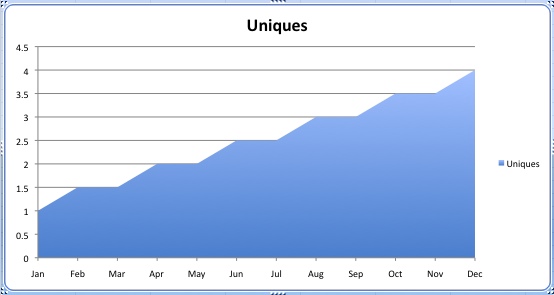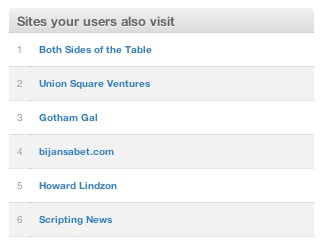I've spent much of this long weekend curled up on the couch reading Too Big To Fail, Andrew Ross Sorkin's history of the financial crisis of 2008. I've wanted to read this book since it came out last year but it took me a while to get to it. I'm enjoying it very much.
As I read about bank after bank waking up and smelling the coffee too late, I am reminded of the risks of chasing returns. In the case of the financial crisis of 2008, the banks were chasing returns in the mortgage markets and the related markets for CDOs and other exotic derivatives. The scary part of the whole thing is they were chasing returns in a market they did not fully understand. Here's a quote from Alan Greenspan that I got from the book:
I've got some fairly heavy background in mathematics. But some of the complexities of some of the instruments that were going into CDOs bewilders me. I didn't understand what they were doing or how they got the types of returns out of the mezzanines and the various tranches of the CDO that they did. And I figured if I didn't understand it and I had access to a couple hundred PhDs, how the rest of the world is going to understand it sort of bewilders me.
Andrew follows that quote with this observation:
He was not alone. Even the CEOs of the firms that sold these products had no better comprehension of it all.
But the CEOs knew they were making billions in these markets and they pushed their firms to go farther and faster in search of more billions. That is called chasing returns. And it is the most dangerous form – chasing returns you don't understand.
I have a friend who has worked on wall street for forty years and runs a large fund of funds. He told me his biggest red flag when he reviews the performance of the funds he is invested in is when the returns are "too good." When he sees that he gets on a plane and goes to visit the fund manager to understand where the returns are coming from. If he can't understand it, he withdraws from the fund, no matter how good the returns are.
I'll take this conversation back to a market that I do understand – venture capital. The venture capital business is showing good returns for the first time in a decade. The sectors that are performing best are web services and early stage/seed investing. These are sectors we have been investing in for over fifteen years. We've seen these sectors boom and bust before and we'll probably see it again. We are committed to these sectors and have no plans to leave them.
However, these sectors of the venture capital market are filling up with investors chasing returns. And some of them do not understand what they are investing in. I got a call a few weeks ago from an individual investor who wanted to invest in one of our portfolio companies. He asked about the company and from his questions it was pretty clear he did not understand the business very well. He went ahead and made an offer to invest. That scared me.
I've been visited recently by a number of foreign investment vehicles, many of whom are investing billions of dollars of sovereign wealth. They all want to get into our funds and our deals. When I talk to them about why, they can't really articulate a cogent argument about the economic potential of the social web. But they see the returns and want some of them too. That scares me.
The venture capital markets work well most of the time. Venture capital is not financial engineering. It does not involve slicing up securities into parts and selling them off in baskets (until recently). It is about making an investment to turn nothing into something. When that something becomes a real business, with real customers, revenues, and profits, the venture capital investor is rewarded with a return, often times a very good return. I do not think venture capital will ever turn into the kind of mess that the mortgage markets became three years ago.
But I do think we are seeing signs of excess in the markets we invest in and I do think we are seeing investors chasing returns in deals they don't fully understand. That is a red flag. And I am choosing to observe it, pay attention to it, and share it with all of you.













